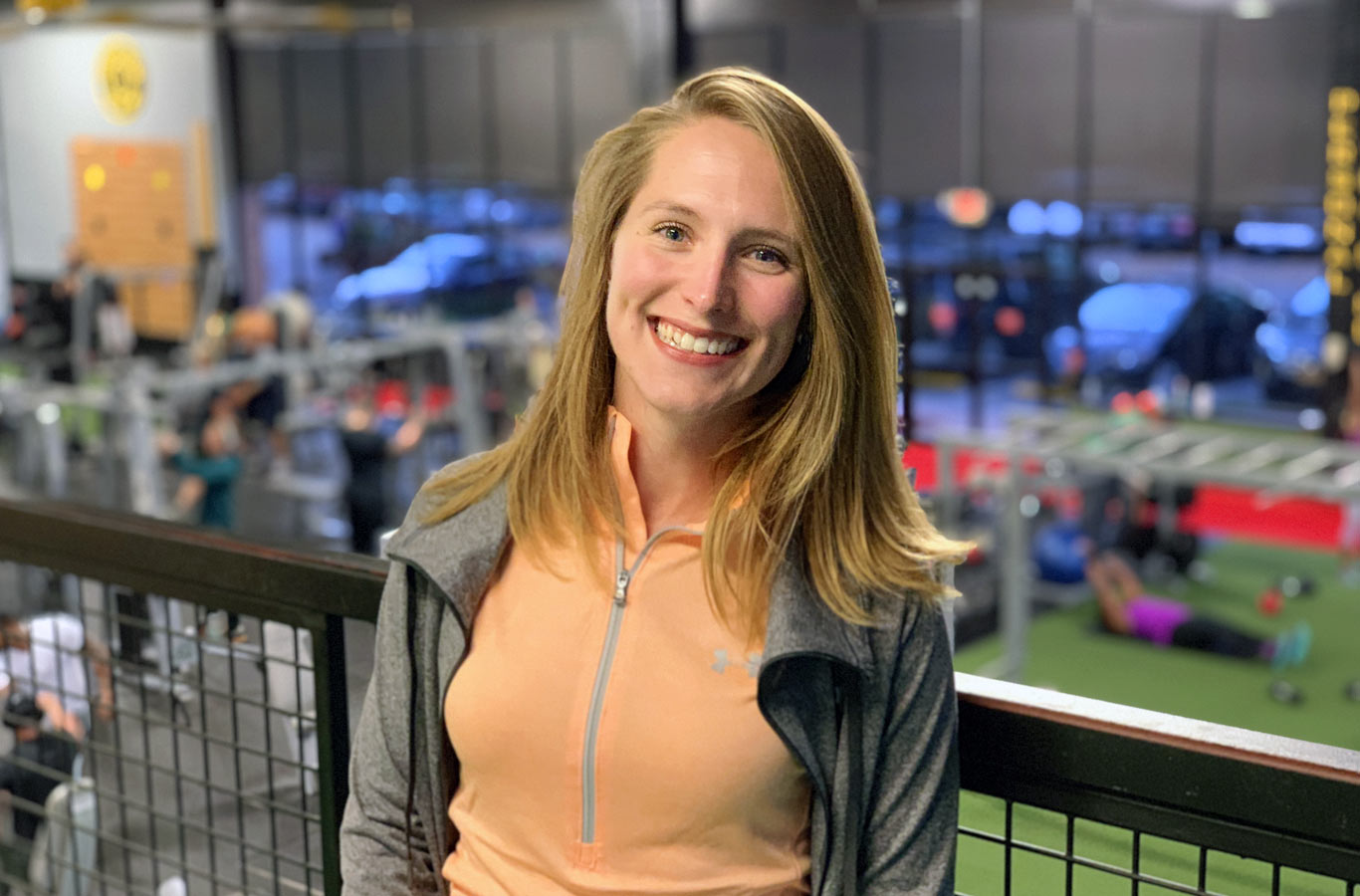
2019 Wineglass Marathon Recap
October 12, 2019
Preventing Hamstring Injuries
October 26, 2019Outside of the Box: Physical Therapy on the Court & Sporting Fields?
The Importance of On-Field Rehabilitation after Injury
The Key To Preventing Re-injury
Injury. Physical Therapy. Now What?
An athlete gets injured, attends physical therapy and gets released for sport. They return to their activity after having completed their rehabilitation program feeling underprepared, deconditioned and the frustration sets in. They cannot perform as they had hoped.
All too often, physical therapy ends prematurely. Whether it is due to insurance restrictions, clinic restrictions, or just patient decision it often is detrimental to an individual’s recovery. An athlete shouldn’t just receive injury-based training, they should also be trained and execute tasks with a focus on return to sporting performance.
Being an ex-collegiate level soccer player and now sports physio, I know my way around injury timetables. Research shows, that if an individual is out of sporting activity for more than 28 days, they should not directly jump back into sport. Instead, they should be a part of a well-designed program including on-field rehabilitation activities.
All too often a clinician will assess an athlete’s readiness in an ill-defined manner. Is it enough for a high-level soccer player to be able to run one mile on a treadmill, sprint 20 yards, jump on one leg numerous times, and juggle a ball one hundred times for them to return to sport? Unfortunately, it really is not considering a soccer player will perform repetitive sprints, jumps, and be on field for upwards of 45 minutes at a time. This is where on-field rehabilitation matters.
On-field rehabilitation should be a staple in athlete recovery & physical therapy. What is it exactly? On-field rehabilitation begins when an athlete has demonstrated adequate strength gain and is now ready to begin their return to sport and performance part of their recovery. Most of the time, it is when an athlete has been discharged from a normal course of physical therapy treatment.
Prescription and performance of an on-field rehabilitation program for athletes, is shown to promote improved strength, cardiovascular fitness, agility, and lower injury risk. It includes improving an athlete’s movement capabilities, cardiovascular fitness and even addresses the technical & skill aspect of play. It is often performed in an environment like the athlete’s sporting environment, whether that be a turf field, basketball court, or pitching mound.
The aim of this program is true preparation for sport. After movement quality during cutting, running, and changing of direction is restored, the focus is moved to a cardiovascular conditioning component. Athlete’s don’t only need to be strong to return to sport, they need to have the speed and stamina to return. This typically includes on-field or court running and sprinting drills associated with normal play activities. Once an athlete demonstrates improved fitness levels, the technical and skill aspects of sport comes into play.
Improving an athlete’s technical abilities improves their return to skilled play. Technical aspects of sport are tasks associated with the activity that are not under the demand of play. This includes passing, dribbling, shooting, etc. Once these are mastered, a return to skilled play in a controlled environment are allowed. This would include skills such as passing a ball with gentle pressure from a defender, playing 1 v 1 or 2 v 2 at practice and eventually progressing towards return to full-contact play. All of this being monitored and watched closely.
One of the main aspects of an on-field rehabilitation is making sure that an athlete is prepared for the demands of returning to sport. It is extremely when aiming to decrease the gap in-between discharge from physical therapy intervention and return to sport & performance. One other thing, it also helps an athlete develop a chronic work-load (Acute-Chronic Workload), which decreases an athlete’s risk for over-training injuries. It helps an athlete improve success upon their return to sporting activities.
If you have any questions, please do not hesitate to reach out to us here at Feldman Physical Therapy & Performance. Our goal is to always get athlete’s back to their full potential.

Ashley Witson, PT, DPT





